





Welcome to
SDMA Sunrays Solar Pvt. Ltd.
SDMA Solar is a multi-disciplinary organisation specialising in professional consultancy, engineering, procurement and construction services across the Solar Energy sector. The company comprises of a team of highly experienced system engineers, designers and installers with vast collective knowledge, skill and experience setting us apart from other providers. This is evidenced by company’s work to assist in the development of solar thermal, photovoltaics and energy efficiency projects of both private and public sector clients in a short span of time

2500+
Installation

100%
Satisfaction
WHY SDMA Sunryas SOLAR
One Time Investment & Lifetime Savings
With world class technology and quality installations at affordable costs, it is the right time to go Solar.

Make Money From SUN
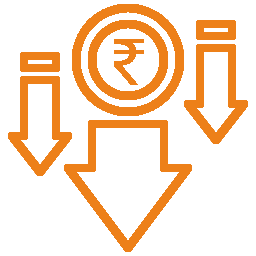
Reduce Electricity Bills

Everyone Can Use

Negligible Maintenance

Safest Investment Option And High Returns
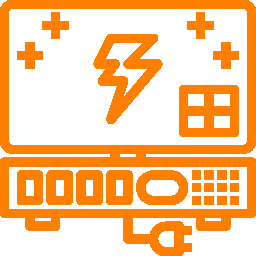
Monitor Your System From Anywhere

Environment Friendly

Quick Payback
Our Servics
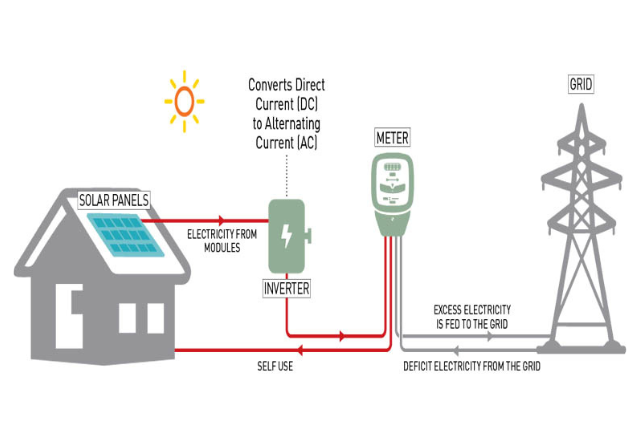
On Grid Solar Roof Top
solar rooftops not only offer an economical and clean alternative to conventional energy sources but also delivers reliability i.e.
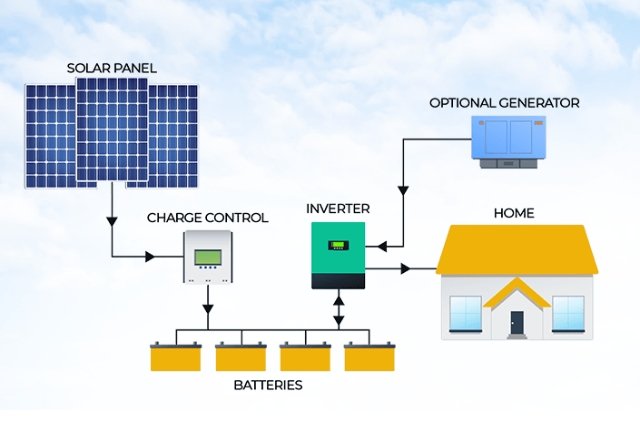
Off Grid Solar Roof Top
Being off-grid means the system works independently and the consumer is not connected to any utility’s power system.
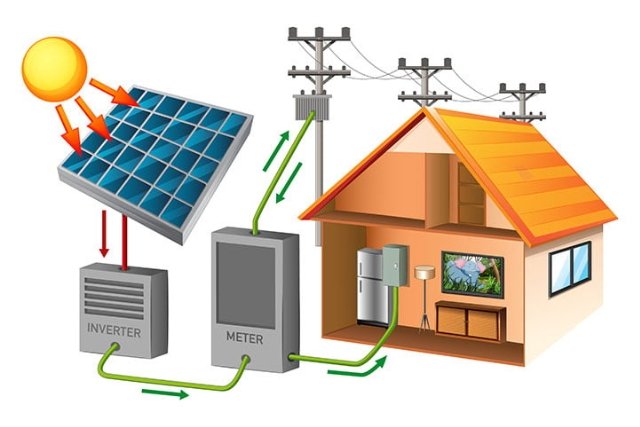
Hybrid Solar System
A hybrid solar panel still uses photovoltaic (PV) materials to collect and convert sunlight into energy
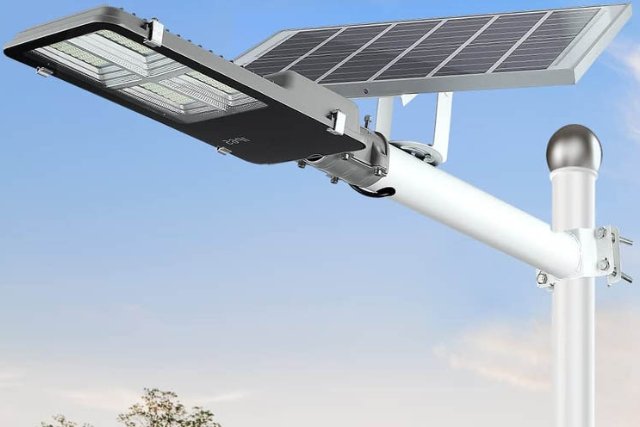
Solar Street Light
Solar street lights are raised light sources which are powered by solar panels generally mounted on the lighting structure.
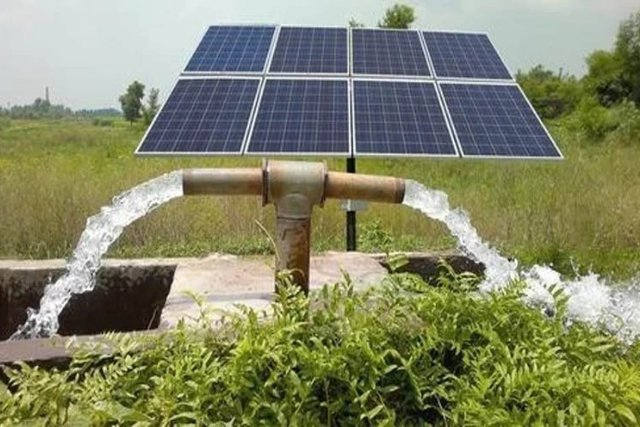
Agriculture Pump Set
The system operates on power generated using solar PV (photovoltaic) system. The photovoltaic array converts the solar energy into electricity.
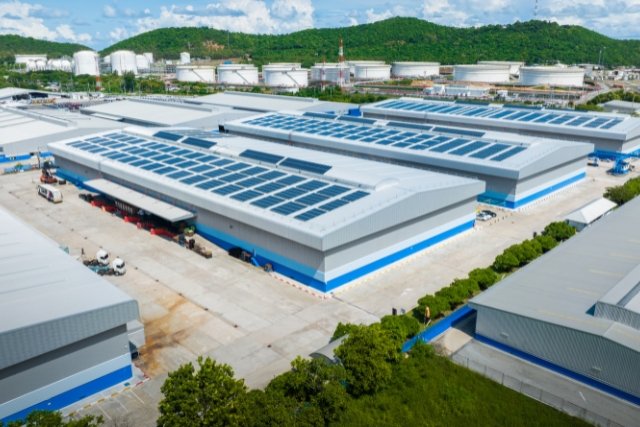
Commercial & Industrial Solar
Increasing electricity demand and rising grid tariffs for commercial and industrial customers will further drive business users to rooftop solar
OUR WORKING PROCESS

Register For Work
Step : 01

Inspect & Analyze
Step : 02

Work Processing
Step : 03

Handover Clients
Step : 04
Why You Should Be Going With Us
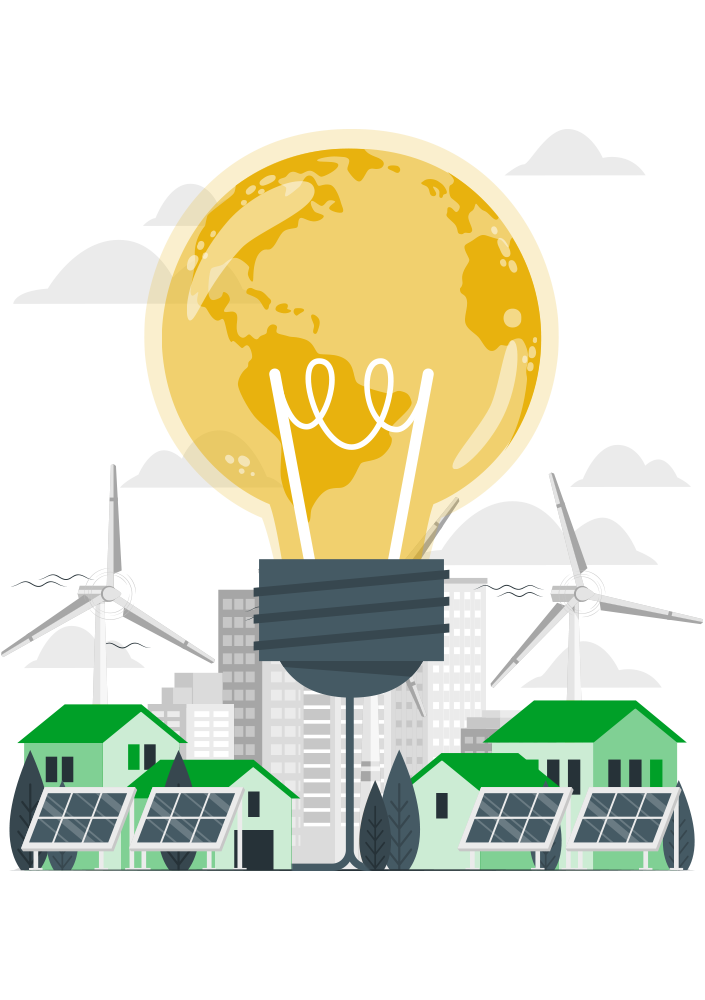

Goverment's Subsidy
Government provide 30-50% solar subsidy as per Government Guideline.

Making India green
1kW solar saves 154+ trees and prevents 20+ tons of CO2 emission

Energy Independence
When you Go Solar you produce your own electricity and making a difference with others.

Reduce Electricity Bill
We're going to work with you to cut your electricity costs by 80–90%. Less money out of your pocket as a result. We also provide the option of selling extra solar energy systems to the grid.

Payback Period
In addition to offering the best installations, we also give our esteemed clients more ROI. We have a policy with a speedy return on investment of 4-5 years along with many other advantages.
Our Certificate





Happy Clients




Happy Clients Videos
Some General Question?
A solar rooftop system is a type of solar panel system that is installed on the roof of a building. It converts sunlight into electricity that can be used to power the building or sent back to the grid. It typically consists of solar panels, an inverter, and a monitoring system. These systems can be used to reduce a building’s reliance on the grid, lower energy costs, and reduce carbon emissions.
There are a few different types of solar rooftop systems, including:
- On-grid systems: These systems are connected to the utility grid, allowing excess energy generated by the panels to be sent back to the grid and credited to the homeowner.
- Off-grid systems: These systems are not connected to the utility grid and rely on battery storage to store excess energy for use during times when the sun is not shining.
An on-grid solar rooftop system is a type of solar panel system that is connected to the utility grid. This allows excess energy generated by the panels to be sent back to the grid and credited to the homeowner. The system is connected to the utility grid through a bi-directional meter, which allows the homeowner to receive credits for the excess energy they produce and also draw power from the grid when their solar panels are not producing enough energy to meet their needs.
This type of system is ideal for homes or buildings that are connected to the grid and want to reduce their dependence on fossil fuels and lower their energy costs. It also allows for net metering, which is a mechanism for homeowners to get credits for the energy they feed back into the grid.
The on-grid solar rooftop system is also useful for homes or buildings that are not occupied all the time, or for homes or buildings where energy consumption is not constant throughout the day, as the excess energy generated can be sent back to the grid for others to use.
An off-grid solar rooftop system is a type of solar panel system that is not connected to the utility grid. Instead, it relies on battery storage to store excess energy generated by the solar panels for use during times when the sun is not shining. This type of system is ideal for homes or buildings that are located in remote areas where access to the utility grid is not available or is too expensive to install.
An off-grid solar rooftop system typically includes solar panels, an inverter, a battery bank, and a monitoring system. The solar panels convert sunlight into electricity, which is then sent to the inverter to convert it into usable AC power. The excess energy is then stored in the battery bank for use during times when the sun is not shining or for use as backup power during grid outages.
The main advantage of an off-grid solar rooftop system is that it allows for energy independence and can provide power in remote or off-grid locations. However, it also requires careful management of the battery bank to ensure that the batteries are not overcharged or over-discharged, which can lead to a decrease in their lifespan. Additionally, off-grid systems may require more maintenance and can be more expensive to install than on-grid systems because it requires a battery bank and the maintenance cost of battery is high.
In India, the government provides various subsidies and incentives for the installation of solar rooftop systems. The subsidy and incentives schemes are implemented by the Ministry of New and Renewable Energy (MNRE) and the state governments. The main subsidy scheme for residential and commercial rooftop systems is the Capital Subsidy Scheme, which provides a subsidy of 30% of the benchmark cost for systems up to 3 kW and 20% for systems above 3 kW and up to 10 kW.
In addition to the capital subsidy, there are also other incentives available such as:
- Generation-based Incentive (GBI): This provides a financial incentive for every unit of electricity generated by the solar rooftop system and fed back into the grid.
- Net metering: it allows the consumer to get credit for the excess energy sent to the grid.

